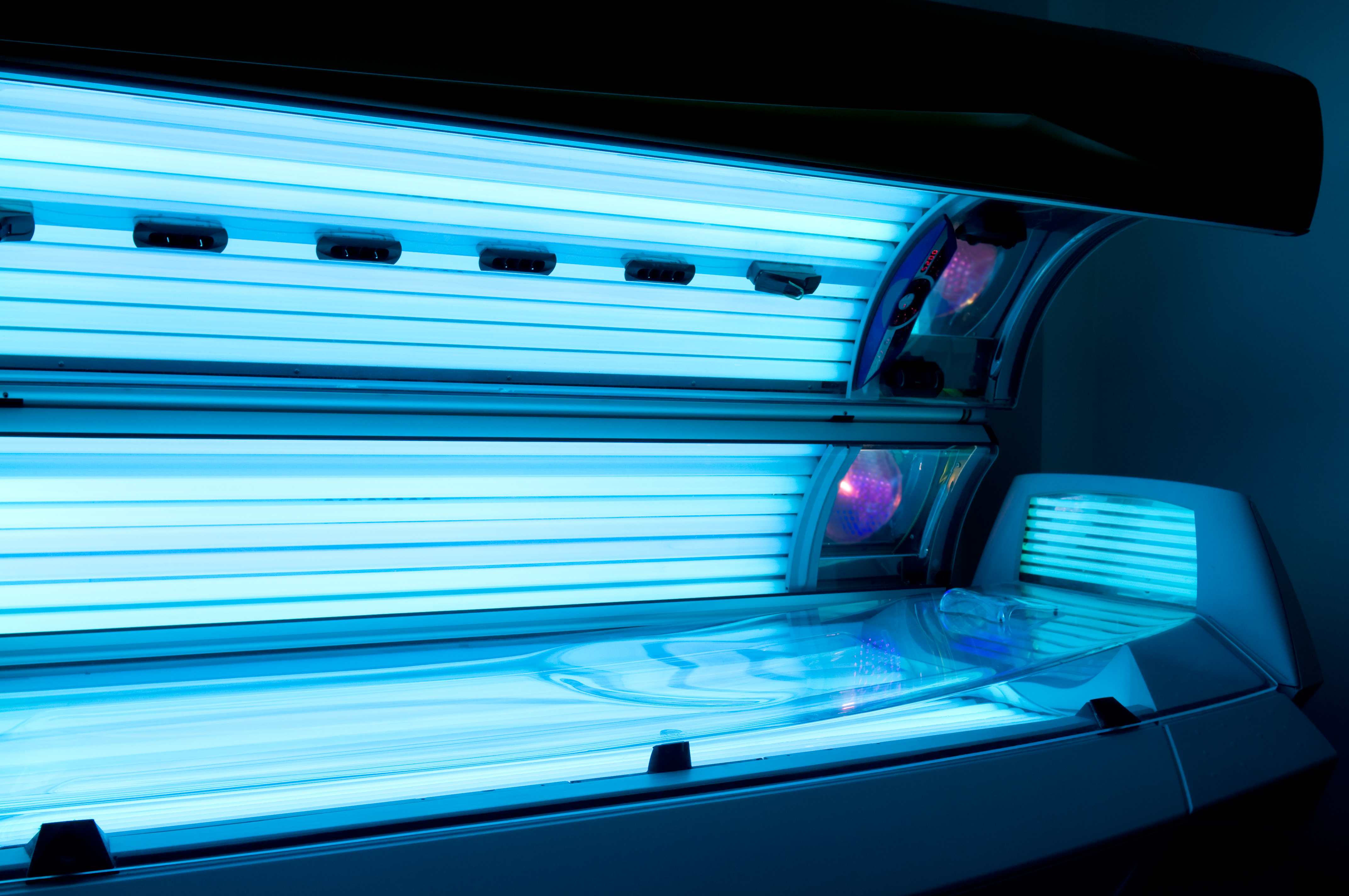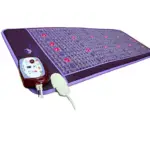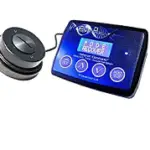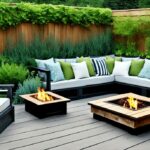As anyone who has ever used a tanning bed knows, ultraviolet (UV) light is a key component in the process. But what type of UV light is used in tanning beds? In this article, we’ll explore the different types of UV light used in tanning beds and how they affect the tanning process. We’ll also discuss the potential risks of tanning beds and how to protect yourself when using them.
Tanning beds use UVA light, which is the same type of light responsible for sun tanning. UVA light has a wavelength of 320-400 nanometers. It is the most efficient type of light to tan the skin because it penetrates deeper than UVB light. UVA rays are less intense than UVB, so tanning beds do not need to use as much of the light to get the same effect.

Contents
What Type of Ultraviolet Light is Used in Tanning Beds?
Tanning beds use ultraviolet (UV) light to produce a tan on a person’s skin. UV light is a type of electromagnetic radiation that is part of the spectrum from the sun. UV light is divided into three categories, UVA, UVB, and UVC. The type of UV light used in tanning beds is UVA.
UVA light is the longest wavelength of the three types of UV light and it has the most energy. UVA light is the most common type of UV light used in tanning beds because it penetrates more deeply into the skin than UVB light. It is also responsible for producing the brown color associated with a tan.
UVA light is known to cause skin damage, including wrinkles, age spots, and an increased risk of skin cancer. Because of this, it is important to use caution when using tanning beds to make sure that the skin does not get exposed to too much UVA light.
The Different Types of UVA Light Used in Tanning Beds
There are two different types of UVA light used in tanning beds. The first type is UVA-1. UVA-1 light is a longer wavelength than UVA-2 light and it penetrates the skin more deeply. This type of light is responsible for producing the “tanning effect” on the skin.
The second type of UVA light used in tanning beds is UVA-2 light. This type of light is shorter in wavelength than UVA-1 light and it penetrates the skin less deeply. UVA-2 light is used to help stimulate the production of melanin in the skin, which is responsible for providing the skin with protection from the sun’s UV rays.
The Risks Associated with UVA Light
Using UVA light in tanning beds can increase the risk of skin damage and skin cancer. The risks associated with UVA light are increased when the skin is exposed to too much UVA light for too long. It is important to use caution when using a tanning bed to make sure that the skin does not get exposed to too much UVA light.
It is also important to remember that UVA light can increase the risk of skin cancer even if the skin does not burn. This means that it is important to use sunscreen when using a tanning bed to help protect the skin from UVA light.
The Benefits of UVA Light
Although UVA light can be dangerous, it also has some benefits. UVA light can help to stimulate the production of melanin in the skin, which helps to provide the skin with protection from the sun’s UV rays. UVA light can also help to reduce the appearance of wrinkles and age spots.
The Use of UVA Filters in Tanning Beds
Many tanning beds now use UVA filters to help reduce the amount of UVA light that is emitted from the bed. UVA filters can help to reduce the amount of UVA light that reaches the skin and can help to reduce the risk of skin damage and skin cancer.
Tips for Safe Tanning Bed Use
When using a tanning bed, it is important to use caution to help reduce the risk of skin damage and skin cancer. Here are some tips for safe tanning bed use:
Limit Exposure
It is important to limit the amount of time spent in the tanning bed to help reduce the risk of skin damage and skin cancer.
Use Sunscreen
It is important to use sunscreen when using a tanning bed to help protect the skin from UVA light.
Use UVA Filters
Many tanning beds now use UVA filters to help reduce the amount of UVA light that is emitted from the bed. UVA filters can help to reduce the amount of UVA light that reaches the skin and can help to reduce the risk of skin damage and skin cancer.
Consult a Doctor
It is important to consult a doctor if you have any concerns about using a tanning bed. A doctor can help to provide advice on the best way to use a tanning bed to help reduce the risk of skin damage and skin cancer.
Few Frequently Asked Questions
What Type of Uv Light is Used in Tanning Beds?
Answer: Tanning beds use UVA and UVB light to tan the skin. UVA light is a long-wave light that penetrates the skin deeply and is responsible for the tanning process. UVB light is a shorter wave light that does not penetrate as deeply but is responsible for the production of skin-protective melanin. Both types of light are essential for a successful tanning session.
How Does UVA Light Affect the Skin?
Answer: UVA light penetrates the skin deeply and is responsible for the tanning process. It is able to reach the lower layers of the epidermis where it stimulates the production of melanin, a dark pigment which protects the skin from the sun’s damaging UV rays. UVA light also stimulates collagen production and can help reduce the appearance of wrinkles and fine lines.
What is the Difference Between UVA and UVB Light?
Answer: UVA light is a long-wave light that penetrates the skin deeply and is responsible for the tanning process. UVB light is a shorter wave light that does not penetrate as deeply but is responsible for the production of skin-protective melanin. UVA light is a safer option than UVB, as it does not penetrate as deeply and therefore does not cause as much damage to the skin. However, both types of light are essential for a successful tanning session.
What are the Benefits of Tanning Beds?
Answer: Tanning beds are a great way to get a safe, even tan without having to expose yourself to the sun’s harmful UV rays. They also provide a more convenient and cost-effective option than going to the beach or a tanning salon. Tanning beds can also help reduce the appearance of wrinkles, scars, and blemishes and can help even out skin tone.
Are Tanning Beds Safe?
Answer: Tanning beds are considered safe when used properly and in moderation. It is important to follow the directions on the bed and to use protective eyewear at all times. It is also important to limit your exposure to the UV light, as too much exposure can lead to skin damage, premature aging, and an increased risk of skin cancer.
What is the Best Way to Prepare for a Tanning Bed Session?
Answer: Before a tanning bed session, it is important to exfoliate your skin and apply a moisturizer or tanning lotion. This will help ensure that the tan is even and long-lasting. It is also important to wear protective eyewear throughout the entire session. Make sure to follow the directions on the bed and limit your exposure to the UV light.
Tanning Beds: Any Vitamin D?
In conclusion, UV light is the basis of tanning beds, and the type of UV light used is UVA. UVA is the most common type used in tanning beds, as it penetrates deeper into the skin, causing a darker tan. It is important to be aware of the risks associated with tanning beds, and to take the necessary precautions when using them.







